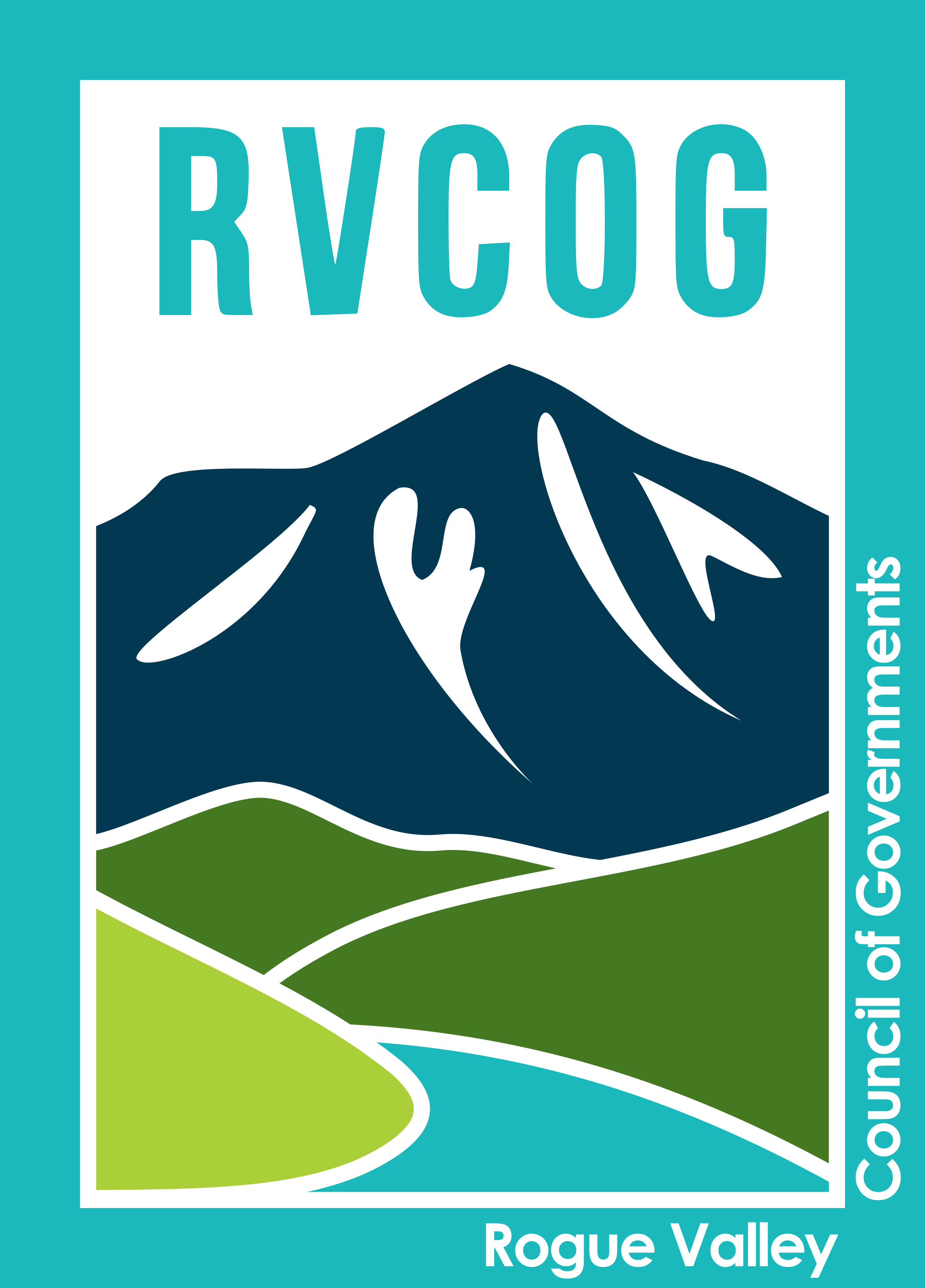Rogue Valley Council of Governments
The Bear Creek Watershed feeds into the Rogue River in southwestern Oregon. The watershed encompasses the Medford urban area and includes the municipalities of Ashland, Talent, Phoenix, Medford, Central Point, Jacksonville, and Jackson County. This project focuses on the area along Bear Creek which was burned by the Almeda fire in September 2020. A larger fire, the South Obenchain Fire, also ignited in September 2020 and burned a large portion of forest and some structures in the Rogue River Watershed. This project, however, focuses on potential impacts due to the urban aspect of the Almeda Fire.
The Almeda Fire began as a small brush fire in a field in northern Ashland and was stoked by strong winds from the south and moved quickly along the Bear Creek Corridor through rural, residential, and agricultural lands, along highways and the Bear Creek Riparian Corridor, burning numerous businesses, homes, fields, and vehicles from Ashland to South Medford. The fire burned approximately 3,000 acres and damaged over 2,500 homes and 600 businesses, as well as 11+ miles of riparian vegetation (trees, shrubs, and ground cover) along Bear Creek and several tributaries.
Oregon has never in recorded history experienced a fire of this magnitude in a primarily urban environment. An urban fire of this magnitude presents water quality concerns of short-, mid-, and long-term duration. Toxic materials from destroyed homes and businesses, farm properties, and materials used in firefighting have been distributed through ash, smoke, and sediment – into the air, soils, and water. The mixture of chemicals potentially released by the number and variety of structures and materials burned or damaged by heat is a significant and currently unknown concern. Additionally, reduction of vegetation and fire-induced soil modifications can result in increased flow rates and land erosion, creation of dioxins, and volatilization of metals that are deposited on downstream soils impacting water bodies and aquatic health. As sites are cleaned up, debris and soil removed, and restoration and rebuilding takes place, materials continue to enter the stream, washing into the creeks directly or through storm drains and groundwater. Impacts are heightened by the dramatic loss of riparian vegetation. Research shows that the most significant impacts occur 2-5 years post fire.
